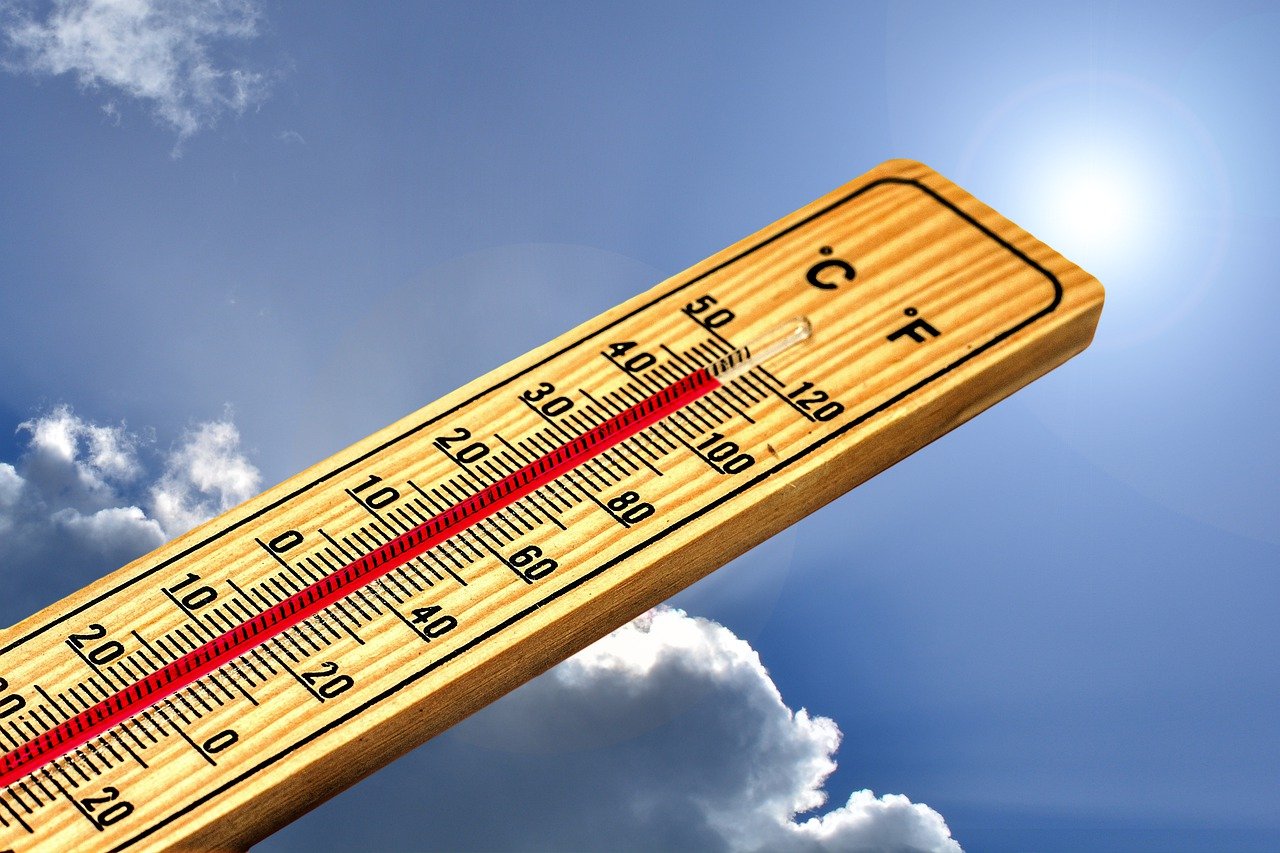The Bureau Of Meteorology Forecasts An Unusually Warm Summer
The Bureau’s summer long-range forecast shows a high chance of warmer than usual days and nights across Australia, below average rainfall likely for much of the tropics and Western Australia, and a more neutral rainfall signal for the rest of the continent.
After a drier than usual spring and winter for much of Australia, the more neutral summer rainfall forecast outside of the tropics may mean summer rainfall is closer to average for those areas.
Bureau of Meteorology National Manager Climate Services Dr Karl Braganza said our forecasts leading into summer started to suggest the chance of average rainfall for large areas of eastern Australia.
“The forecasts suggested the chance of average rainfall for parts of the east towards the end of spring and early summer, and we have seen some decent rainfall in November to finish off the spring season,” he said.
“Compared to outlooks issued mid year, the dry signal has continued to ease across the eastern half of the continent outside of the tropics.”
But Dr Karl Braganza noted that summer is typically a drier time of year across the southern half of the continent and Western Australia has continued to see very dry conditions throughout spring, with no relieving rains.
This summer there’s an increased risk of: extreme heat; heatwaves; bushfire weather; marine heatwaves.
Most of the continent has an increased chance of unusually high temperatures possibly in the top 20 per cent of records for this time of year.
El Niño is predicted to continue over summer when its influence varies across the continent.
“El Niño is typically associated with a drier than average wet season in parts of Australia’s tropical north while its influence on rainfall over southern parts of Australia wanes over summer,” Dr Braganza said.
Dr Braganza said the dry and warm conditions over much of spring along with the warm summer forecast were still contributing to an elevated fire risk this summer, and we have already seen significant fire activity across Australia, and more recently significant impacts in Western Australia.
“This summer all communities across Australia are urged to prepare for bushfire and monitor local conditions.”
Despite the widespread storms in the second half of November Australia’s overall spring rainfall is tracking to be around 23% below average.
Much of Australia has experienced a drier and warmer spring than usual, which is typical of El Niño and positive Indian Ocean Dipole events.
Stay up to date with weather warnings on the Bureau’s website and the BOM Weather app.
If you’re travelling, update your location on the BOM Weather app to get warning notifications.
Sun protection is recommended during summer. You can check the Ultraviolet (UV) radiation index on the website or BOM Weather app.
Bushfire outlook
Australia’s fire agencies have identified an increased risk of fire this summer for most of Queensland, large areas of New South Wales and the Northern Territory and pockets of Victoria, South Australia, Western Australia and Tasmania. More detail is in AFAC’s Summer 2023–24 Bushfire Outlook
Climate influences
The Bureau’s climate model takes into account influences from the oceans and atmosphere when generating its long-range forecasts.
Current climate drivers influencing the long-range forecast include the El Niño, a positive Indian Ocean Dipole and record warm oceans globally.
The positive Indian Ocean Dipole is likely to weaken in December and typically ends when the Asian monsoon shifts into the Southern Hemisphere, which is likely around early January.
Global sea surface temperatures have been the highest on record for the months of April to October 2023.
The oceans play an extremely important role in global climate, including the climate of Australia.
Tropical cyclone season
We have now also entered the tropical cyclone season for the Australian region, running from November to April, and northern communities should be prepared.
The overall number of tropical cyclones is likely to be fewer than usual this season, but Australia has never had a season without at least one tropical cyclone crossing the coast since reliable records began in the early 1970s.
Spring 2023 recap (based on preliminary data)
Australia’s overall spring rainfall is tracking to be around 23% below average and the national mean temperature around 1.7 °C above the 1961–1990 average and tracking in the top 5 warmest springs on record.
All states and territories had below average spring rainfall. November rainfall for Australia is tracking more than 30 per cent above average, with widespread showers and storms across eastern and northern Australia, particularly in the last two weeks of the month.
Australia’s mean temperature for spring was above average across most areas with highest on record spring temperatures for large parts of Western Australia.
Overall, Western Australia is on track to have its warmest spring on record which included prolonged heatwaves for south-western areas. Significant fires have already impacted Western Australia including northern Perth in November.
Most of the country had very much above average daytime temperatures and large areas had above average night-time temperatures.
All states and Territories are expected to be in their top 10 warmest on record for this time of year, except the Northern Territory which was still warmer than average.
A warm spring follows Australia’s warmest winter on record. However, 2023 overall is not expected to be one of the country’s hottest on record, partly due to a cooler start to the year.
At the end of the spring, the majority of Australia’s water storages are more than 70–80 per cent full. Although in comparison to last year, water levels have dropped at many storages. The Murray– Darling Basin storages are at 87 per cent,11 per cent less than last year. Similarly South Australian Gulf and Western Australia’s South West Coast storages have decreased by 23 per cent and 11 per cent respectively.
A Bureau of Meteorology Press Release.
Latest News
Term 1 school assembly
On Friday 5th April, Tottenham Central School held their Term [...]
Merit winners for week 11
Congratulations to the Tullibigeal Central School Merit Award Winners for [...]
CJCA players recognised for their efforts
Condobolin Junior Cricket Association held their annual Presentation Day at [...]
Condobolin Public School commemorates
On Thursday, 11 April Condobolin Public School held their ANZAC [...]
Cross Country 2024
On Friday 12th April, Trundle Central School held their annual [...]
Competing in the PSSA NSW State Swimming Championships
A massive congratulations to Tullibigeal Central Schools super fish, Veritty, [...]










